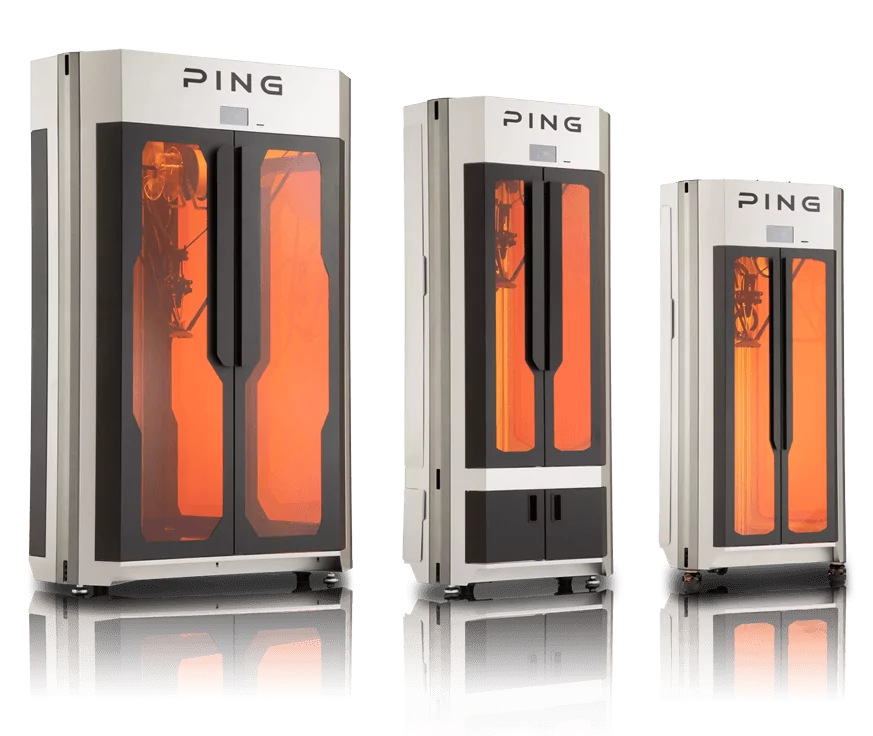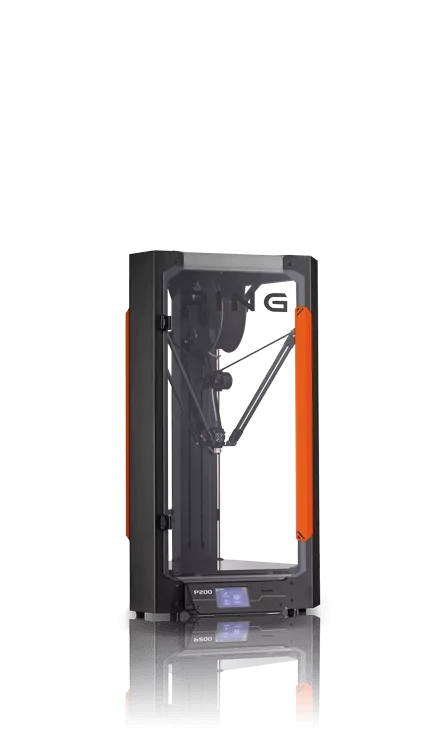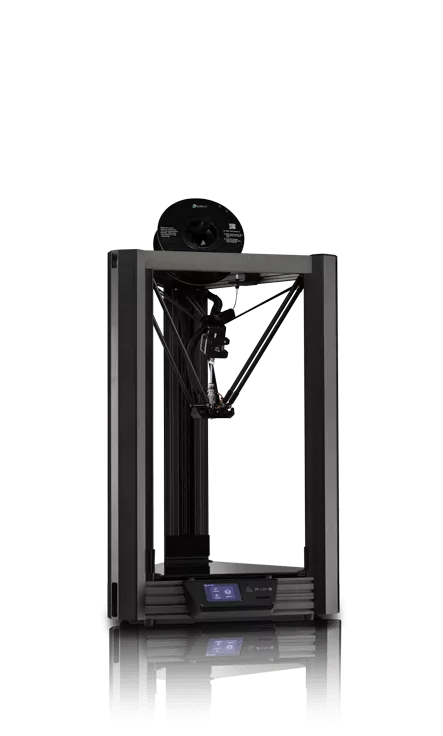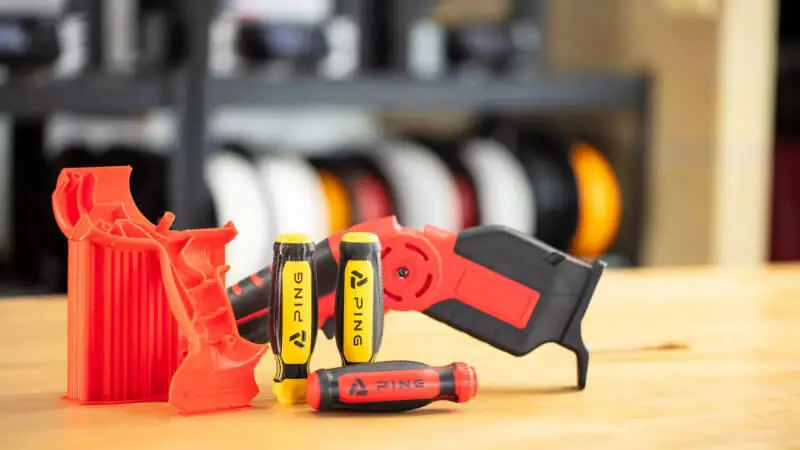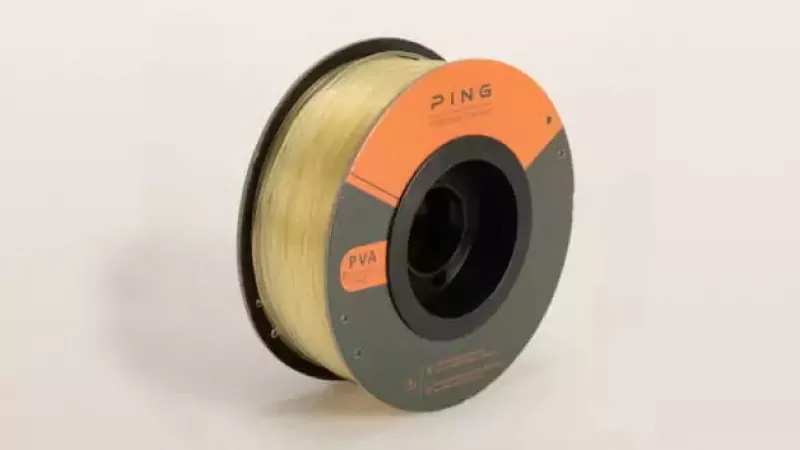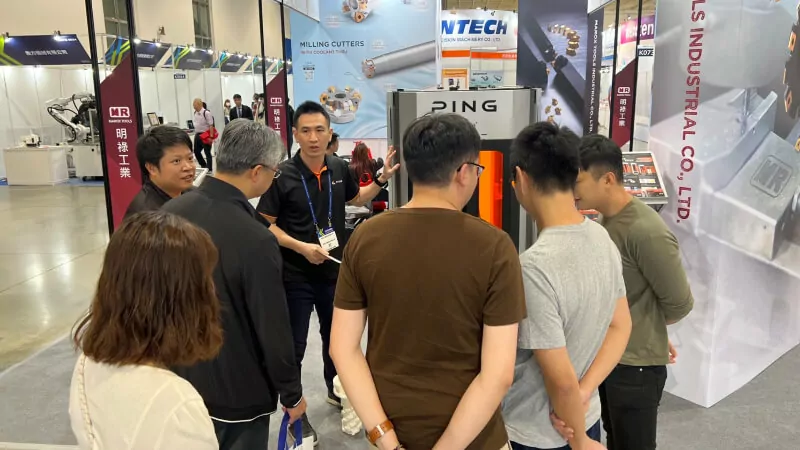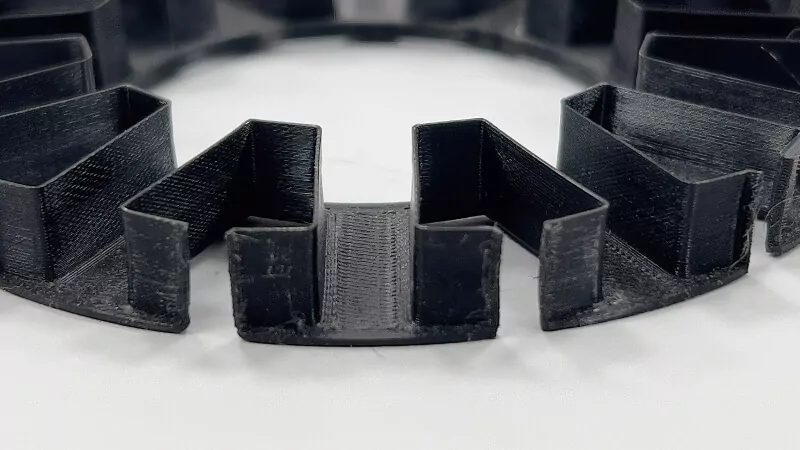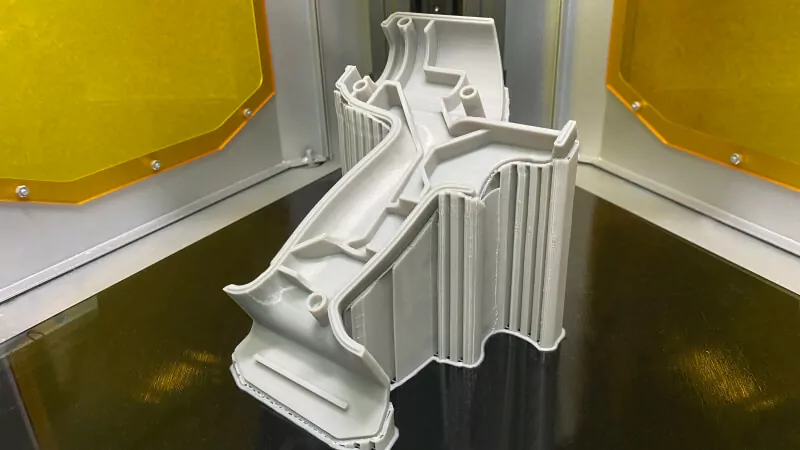Being able to seamlessly combine soft and hard textured filaments while 3D printing with Ping’s 2-in-1-out nozzle technology is a significant advancement that increases realism and functionality of both prototypes and customer-ready products.
What’s the problem with 3D printing different textures?
3D printing of realistic prototypes and finished products has always hit problems when you want to make something that has two different textures. A typical example is prototyping of tool handles and grips, which normally combine a rigid core with softer surfaces to give a better, more positive, feel in the hand.
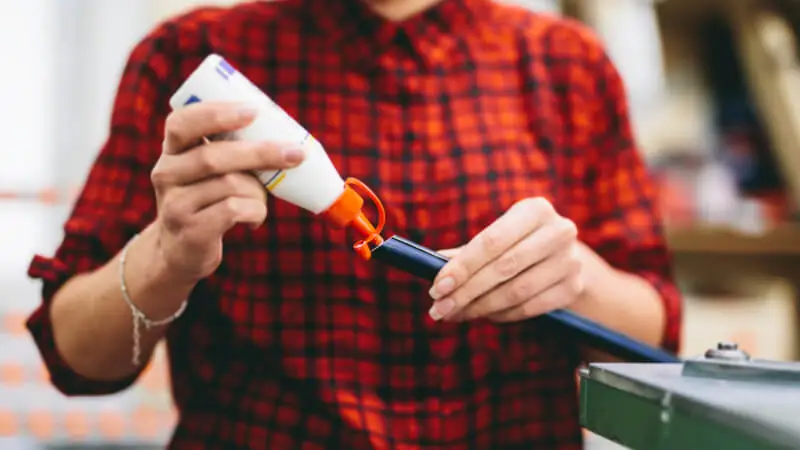
Gluing parts made of different materials together doesn’t end well
In the past, if you wanted to build a multi-textured prototype, or finished product, you had to glue parts together. This comes with its own problems in trying to achieve a perfect fit, especially with small components, and can be messy and wasteful. Any errors in gluing parts together result in having to reprint the whole project, wasting time and materials.
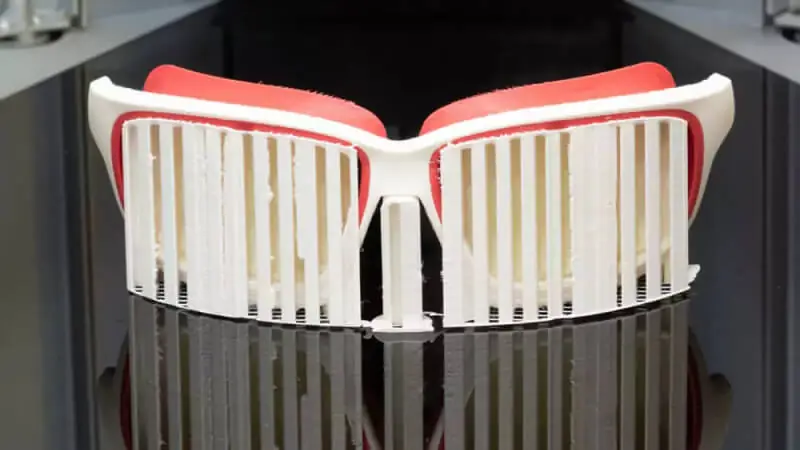
Ping’s patented nozzle design enables genuine hard & soft material combinations
Being able to combine soft (TPU) materials and hard materials (PLA) is a unique benefit of Ping’s 2-in-1-out patented nozzle design, which allows the two materials to be combined with each other for texture changes as you print. This enables 3D printing of robust tool grips with integrated soft-touch areas, for a perfect prototype or even for production use.
- Print TPU & PLA together
- Precision, patented 2-in-1-out nozzle
- Instant multi-texture prototyping
How different can the textures be between hard and soft 3D printing materials?
PING recognizes the need for printing in materials that feel truly soft to the touch, and our filaments and nozzle technology is currently able to print the softest materials in today’s 3D printing market, 40D (75-85A) soft material, with PLA used for the contrasting harder material.
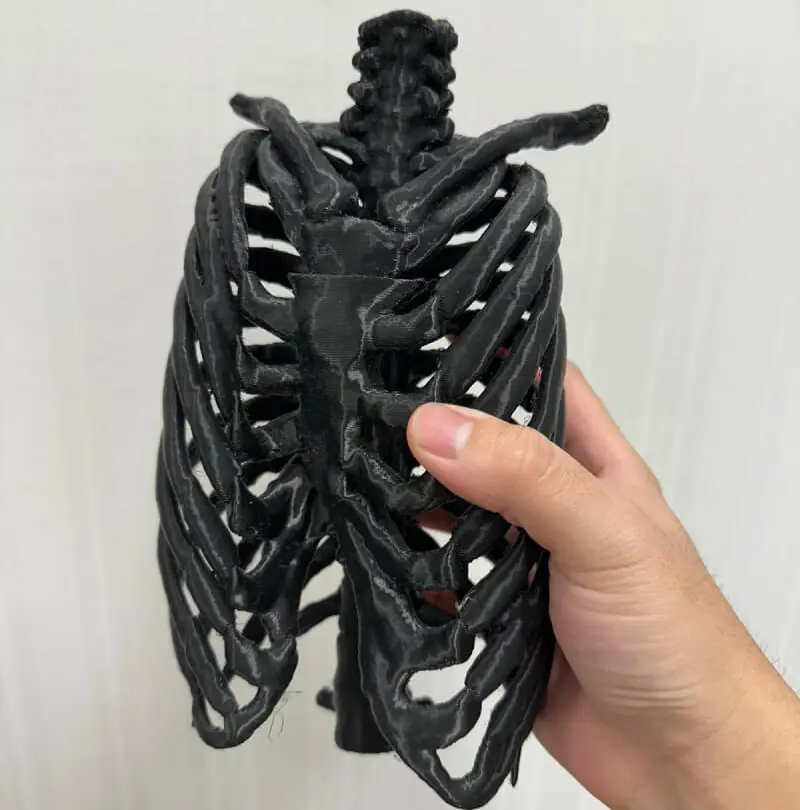
What textured projects can you make with a Ping 3D printer?
Our customers have made a wide range of prototypes and products using our advanced PING 3D printer nozzle technology. We create the opportunity to make life-like products with realistic textures, or to duplicate the feel of other materials, like the simulated bone textures in the image above.
- swimming goggles
- medical instructional tools
- hand tools
- bicycle handlebars
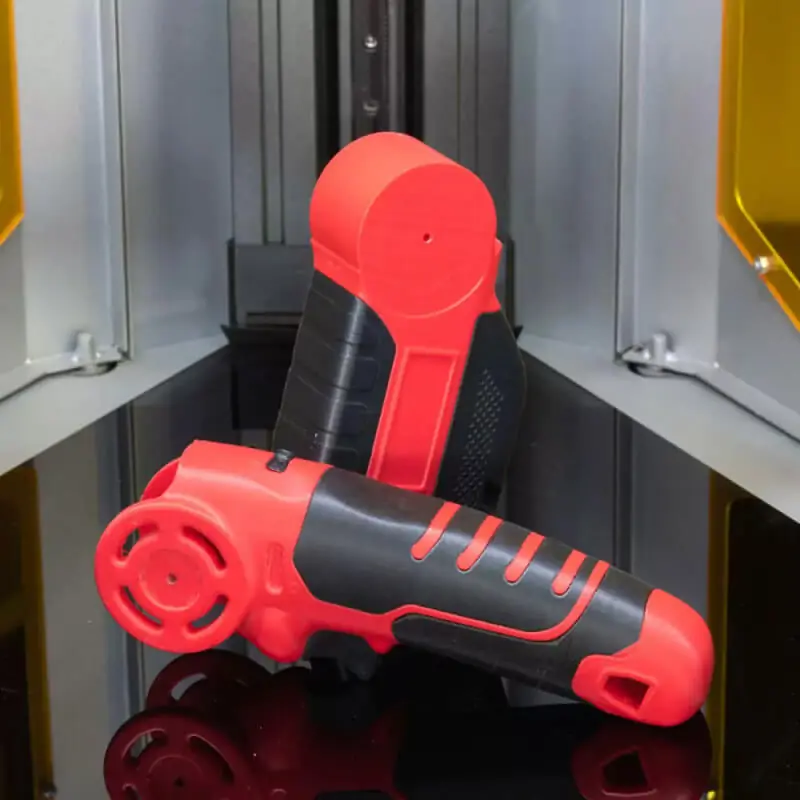
How do you print in two textures with your PING 3D printer?
The procedure for printing with two different textures is not complicated. You need to have two independent STL files, one for each material you’re going to use. You combine these in your slicing software using the Combine Model to make the final file for printing. We’ve made an instructional video to take you through the process.
The extremely accurate positioning and extrusion of the Ping 2-in-1-out nozzle enables extremely good finishes and imperceptible joins between different textured materials for perfect manufacturing of both prototypes and final products. Contact us to discover how easily you can enter the world of multi-textured 3D printing!
